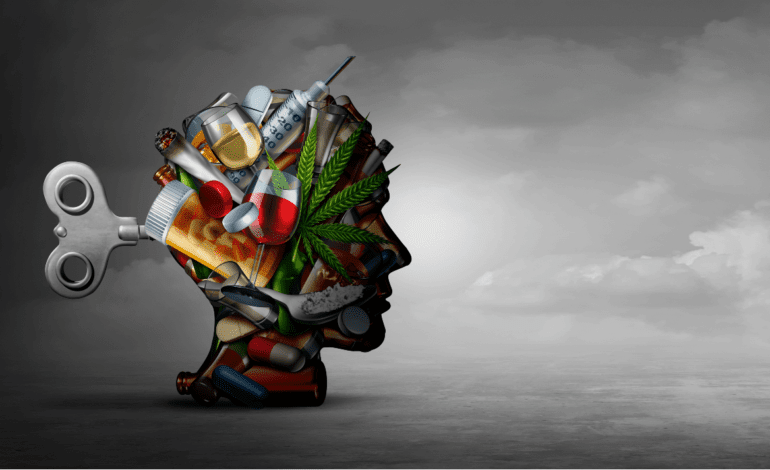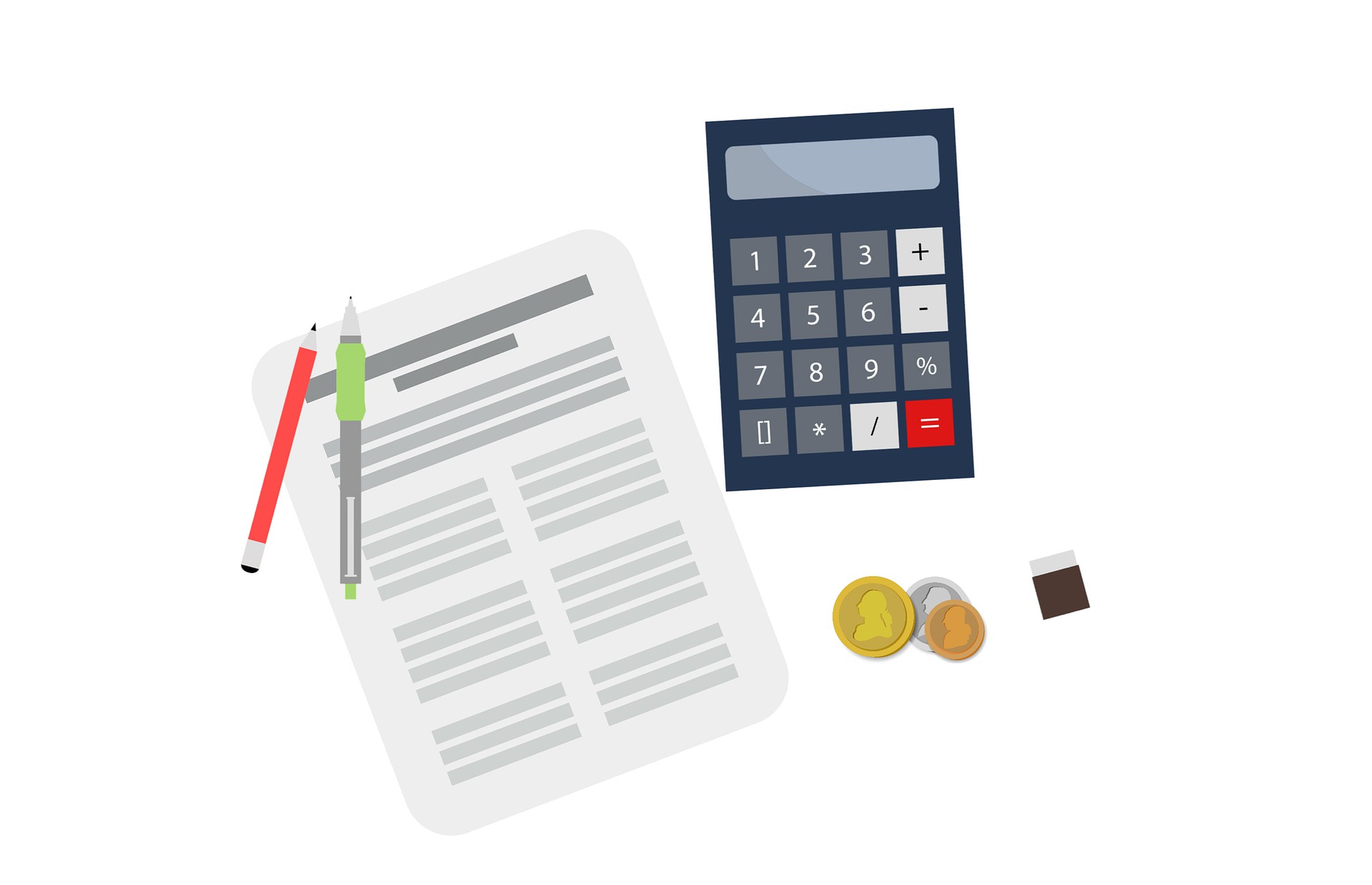It starts small. A moment of relief. A single drink, a pill, a few hours where everything slows down or fades. Then it repeats. Again. Again. Until eventually, the mind begins to crave that pattern—seeking comfort in a substance that quietly rewires how you think, react, and cope.
Addiction doesn’t knock down the door. It picks the lock.
For many, the struggle with substance use isn’t just physical. It’s mental. It’s neurological. It’s the transformation of thoughts and behaviors that, over time, become nearly indistinguishable from survival instincts. To truly understand addiction—and recover from it—you have to understand what it does to the brain.
This isn’t about fault. It’s about function. Addiction is not a character flaw; it’s a brain-based condition that changes perception, motivation, and decision-making. And knowing how that process works can change the way recovery begins.
How the Brain’s Reward System Gets Hijacked
The human brain is designed to seek pleasure and avoid pain. When you eat, laugh, or feel loved, your brain releases dopamine—a neurotransmitter that tells your body, “This feels good. Let’s do it again.”
Substances like alcohol, opioids, and stimulants flood the brain with dopamine—far more than it naturally produces. The result? A surge of reward so powerful that the brain starts to prioritize it above everything else.
This is where the hijacking begins. Over time, the brain stops responding to normal rewards. A good meal, a conversation, a walk outside—these don’t feel as satisfying anymore. The brain craves the extreme dopamine spike only a substance can provide.
Eventually, it stops asking, “Do I want this?” and starts demanding, “I need this.”
Decision-Making Gets Distorted
One of the most misunderstood aspects of addiction is why people continue to use, even when they know it’s harming them. From the outside, it seems illogical. But in the brain of someone with substance use disorder, logic isn’t the primary driver anymore.
Addiction alters the prefrontal cortex—the part of the brain responsible for reasoning, impulse control, and long-term planning. When this area is affected, decision-making becomes reactive, not reflective.
So, when faced with stress, boredom, or conflict, the brain doesn’t say, “Let’s take a walk.” It says, “Let’s find relief the fastest way we know how.”
In this state, even the most intelligent, high-functioning individuals can find themselves trapped in choices that feel automatic. It’s not because they don’t care—it’s because the part of the brain that helps them pause and reflect has been weakened.
Memory and Motivation Are Rewired
Substance use doesn’t just create cravings. It creates associations.
The brain stores memories of where, when, and how a substance was used. A certain song, place, or time of day can trigger the expectation of use. These associations are deeply encoded, and they often drive behavior long after someone has stopped using.
That’s why triggers are so powerful. They don’t just bring back memories—they activate the brain’s reward circuits, sometimes even creating physical symptoms. The result is a sudden, intense desire to use—even if the person is committed to staying sober.
This process doesn’t make recovery impossible. But it does mean that treatment must go deeper than willpower. It must teach the brain new associations, new routines, and new ways to cope.
Addiction Is a Loop—And Loops Can Be Broken
Addiction often follows a predictable cycle:
- Emotional discomfort (stress, anxiety, loneliness)
- Substance use to escape the feeling
- Short-term relief
- Consequences (guilt, withdrawal, damaged relationships)
- Return of discomfort
- Reuse to escape again
This is the loop that keeps people stuck. But every loop has a pattern—and patterns can be interrupted.
In evidence-based addiction treatment, professionals help individuals identify these cycles and insert new strategies at each stage. What would it look like to pause after discomfort instead of reacting? To talk instead of isolate? To cope without chemicals?
The answer is rarely simple. But it’s always possible.
Detox Begins the Reset, But Healing Continues
Before the mind can fully engage in new learning, it needs to stabilize. That’s why detox is often the first step—clearing substances from the system and giving the brain a chance to reset its chemical balance.
Detox doesn’t fix the mental patterns of addiction. But it removes the immediate interference, creating a space where change can begin. It’s a necessary pause—an entry point into the deeper work of rewiring thought and behavior.
Once detox is complete, the real challenge begins: teaching the brain how to feel again, without the crutch of a substance.
Recovery Means Learning to Think Differently
Recovery isn’t just about stopping. It’s about starting.
Starting to recognize distorted thinking. Starting to respond instead of react. Starting to feel emotions instead of numbing them. Starting to see yourself not as broken—but as someone capable of learning a new way to live.
Facilities like Summit Estate understand that addiction recovery must address cognition, not just abstinence. It’s not enough to remove the substance. The thoughts, beliefs, and behaviors that developed alongside it must also be examined and transformed.
Therapies such as cognitive-behavioral therapy (CBT), dialectical behavior therapy (DBT), and mindfulness-based strategies all work toward one goal: teaching the brain a different response to discomfort.
It’s Not About Willpower—It’s About Neuroplasticity
Neuroplasticity is the brain’s ability to change. And it’s one of the most hopeful facts about addiction recovery.
No matter how long someone has used, the brain can form new pathways. With repetition, practice, and support, the brain begins to rewire. Over time, the old loops weaken—and new, healthier patterns take their place.
This is why consistency matters. Why community matters. Why structured, professional rehab gives recovery a better chance than going it alone.
You’re not just “trying harder.” You’re retraining your mind.
Final Thought: Understanding Is a Form of Healing
When you understand how addiction works, you begin to see it for what it is—not a personal failure, but a condition that changes the way your brain operates.
This knowledge doesn’t excuse harmful behavior. But it opens the door to real, lasting change. It allows compassion to replace shame—and strategy to replace chaos.
Addiction may rewire the brain. But the brain, given the right tools and support, can change again.









